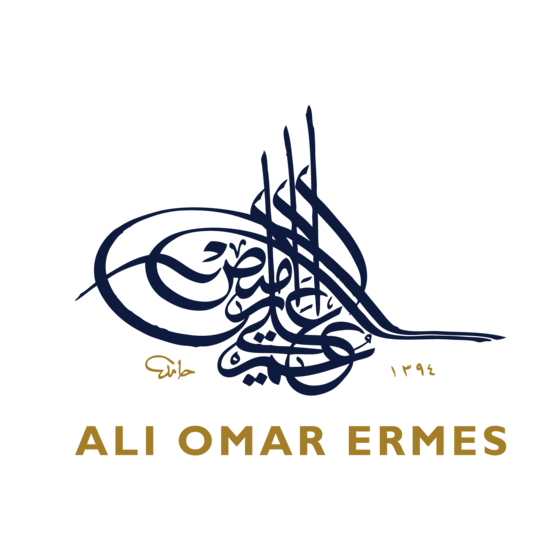The Dance of Quill and Ink: Contemporary Art of the Middle East
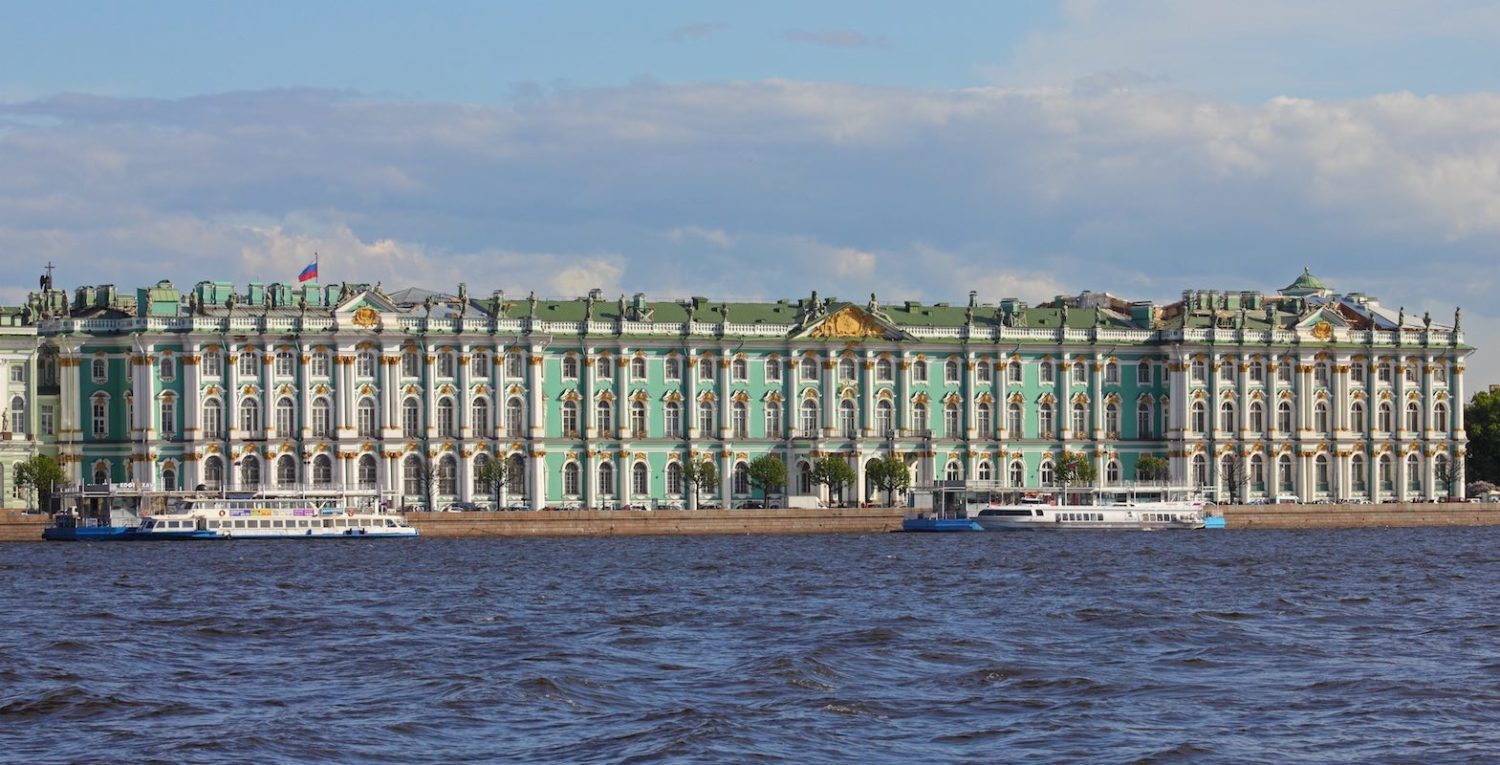
The State Hermitage Museum, Saint Petersburg
16th Nov – 9th Dec 2007
The exhibition at the State Hermitage Museum has been organized by the State Hermitage Museum in association with the Triumph Gallery in Moscow, supported by Alisher Usmanov’s charitable organization, Art and Sport. The exhibition presents to the public for the first time forty works by six celebrated artists and calligraphers from the Middle East: Etel Adnan (b. 1925, Beirut, Lebanon), Maliheh Afnan (b. 1935, Haifa, Palestine), Rachid Koraichi (b. 1947, Ain el Beida, Algeria), Nja (Naja) Mahdaoui (b. 1937, Tunis, Tunisia), Ali Omar Ermes (b. 1945, Tripoli, Libya), Mohammed Ehsai (b. 1939, Qazvin, Iran).
They have each taken a different creative path, received different educations, live and work in different countries, and use different artistic techniques. Their work is displayed in the largest museums around the world – Pompidou Centre in Paris, the British Museum in London, the Kuwait National Museum and others.
Calligraphy is the art of the written word and holds an honoured place in Islamic culture. Calligraphy plays a special role, intimately associated with the idea of divine revelation. According to religious tradition, the Muslim holy book, the Koran, is the Word of God, related to the Prophet Muhammad as a revelation and written in Arabic. Thanks to this, even in the very first centuries of Islam calligraphy had come to be exalted as a sacred art form.
The copying of the Koran using calligraphy was regarded as pious. The first Korans were written with the Hijazi script, later, specially for koranic texts a very strict, formal style developed which became known under the general name of kufic.
During the centuries calligraphy was further developed and refined, the best examples of calligraphic masters were copied, and new styles and schools initiated. Islamic tradition has preserved the names of many of the leading calligraphers, such as Ibn Muqlah, Ibn al-Bawwab and Yaqut al-Mustasimi.
Calligraphy penetrated the daily life of Muslims through both religious and secular manuscripts, through official documents, architectural decorations on buildings, and inscriptions on examples of applied art made from metal, ceramics, stone, glass, wood and fabric.
In the middle to end of the 19th century the artistic world of the Middle East was witness to impending changes. The appearance of new techniques, materials and traditions from the West gave rise to these. At the same time as separate masters preferred to work with their accustomed styles, others adopted western trends, merging them using their own artistic experience with the traditions of Islamic art.
In the middle to the second half of the 20th century in the artistic milieu of the Arabic Middle East, a new movement developed becoming famous as lettrism or hurufiyya. As part of hurufiyya it is characteristic to use Arabic writing, letters, texts as the visual element of a composition. The predecessor of this movement was the Iraqi artist Madih Omar (1908-2005) and Shakir Hassan al- Said (1925-2004), among the first to include Arabic writing in the production of abstract art.
Since the 1960s examples of calligraphy have started to appear on the canvases of Middle Eastern artists, many of whom have been educated in the West. Calligraphy is becoming a symbol of national identity, symbolic of a return to the sources of their culture. As in the 1960s in Iran where the Sakahane movement developed, uniting artists, who derived their inspiration from their national culture, bringing into art religious Shiite symbolism, and also seeking new possibilities for using calligraphy. Leading artists of this movement are Parvis Tanavoli (b. 1937), Hossein Zenderoudi (b. 1937) and Siah Armajani (b. 1939). Mohammed Ehsai (b. 1939) continued to experiment with the calligraphy started by his fellow artists.
The exhibition curators are Rose Issa, an expert in the field of contemporary Middle Eastern art, and Daria Vasilyeva, a junior scientific researcher at the Oriental Department of the State Hermitage Museum.
The State Hermitage Museum Publishing House has prepared an illustrated booklet for the exhibition with text written by one of the curators, Daria Vasilyeva.
Leave a comment
Also in Exhibitions
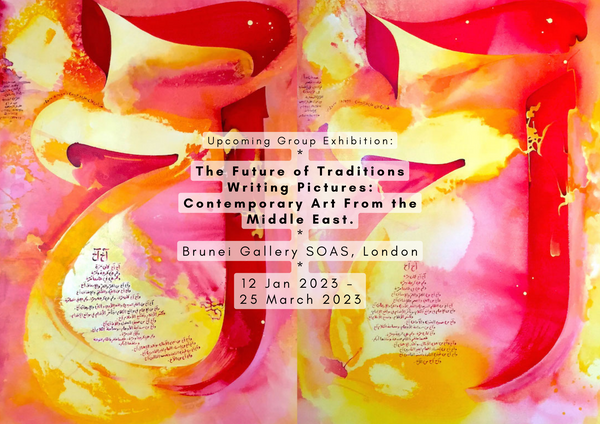
The Future of Traditions Writing Pictures: Contemporary Art From the Middle East.
BRUNEI GALLERY, SOAS, LONDON
12 JANUARY–25 MARCH 2023
STUDY DAY: SAT. 14 JANUARY, 10AM–1PM
This exhibition is about three generations of artists from Iran and the Arab world, from the early pioneers of a vernacular Lettrism movement in the 1960s till now.
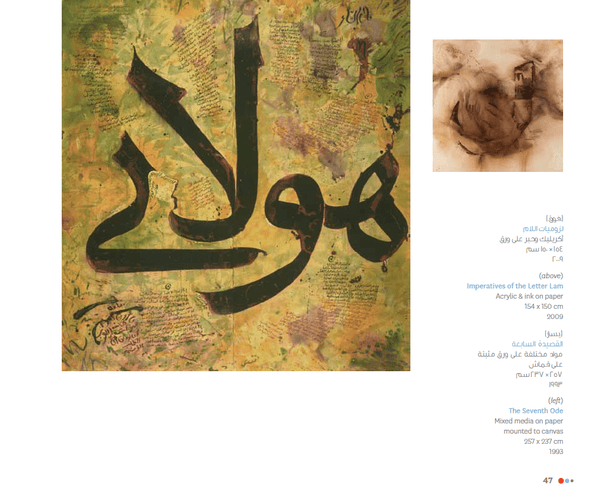
Tariqah - Maraya Art Centre, UAE
Barjeel Art Foundation will host an exhibition entitled Tariqah (Pathway) at Maraya Art Centre on the 21st of February. The exhibition will present a collection of modern and contemporary Arab artworks inspired by Islamic art traditions. The artworks have been selected from the private collection of Sultan Saud Al Qassimi, founder of Barjeel Art Foundation. The exhibition coincides with the celebration of Sharjah as ‘Capital of Islamic Culture 2014′, with pieces on display referencing the ‘pathway’ of translating ephemeral ideas into material forms through art-making.
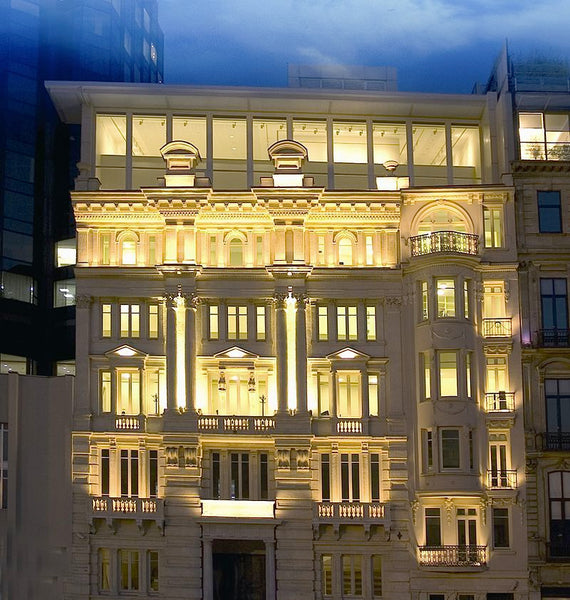
Between Desert and Sea: a Selection From the Jordan National Gallery of Fine Arts
The exhibition “Between Desert and Sea: A Selection from the Jordan National Gallery of Fine Arts” opened on 24 January 2013, it shows the common background in contemporary visual art between Turkey and the Arab countries that are on the shore of the Mediterranean which includes Algeria, Egypt, Jordan, Lebanon, Libya, Morocco, Palestine, Syria, and Tunisia.
